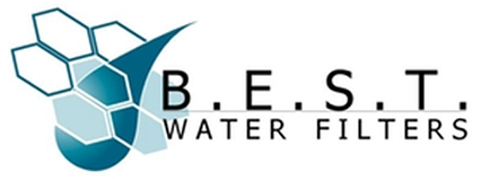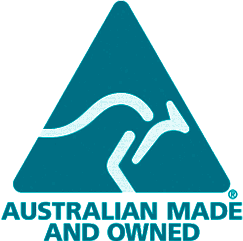What is PFAS?
Scientifically known as 'Per- and polyfluorinated alkyl substances', they are also called 'Forever Chemicals' and are part of a large chemical family of over 10,000 highly persistant, non-natural chemicals not found in nature. This includes chemicals like PFOA and PFOS.
It has been found in a wide range of consumer products such as non-stick pans, cosmetics and many other sources. According to CHEMTrust, some PFAS strains have been connected to several health issues, and have been found in the blood and breastmilk of humans and wildlife alike.
It has been found in a wide range of consumer products such as non-stick pans, cosmetics and many other sources. According to CHEMTrust, some PFAS strains have been connected to several health issues, and have been found in the blood and breastmilk of humans and wildlife alike.
Luckily for Australians, PFAS will be banned from import, manufacture and use from July 1, 2025.
So what can we do about it?
PFAS can be removed from your water using a few different filtration methods. However, not all are suitable for RV use.
Any system that uses a good-sized bed of granular activated carbon (GAC) can remove/reduce PFAS in the water. Even a small BRITA system can reduce the PFAS, but only by a very limited amount due to the small volume of carbon in the system.
The secret is contact time. If you can install the filter to a dedicated drinking water filter tap and reduce the flow of the water so that the source water stays in contact with the carbon for a longer period of time, then it will give a greater removal rate. A GAC cartridge is usually an axial flow filter that provides a better filtration than the more commonly found radial flow.

Our B.E.S.T. Inlines will remove PFAS, but the level of removal will depend on the level of flow as mentioned above. Keep it slow and it will remove more.
If you are looking for 100% removal of PFAS, there are a few options. Usually these are very wasteful and costly.
Reverse Osmosis: This will remove 100% but the downside is - it is a very slow process and wastes 3-4 litres of 'brine' water to make 1 litre of pure drinking water. The RO can also be high in cost due to yearly replacement of the cartridges and membranes, and the rate of water waste is very high.
Ion Exchange resin cartridges: This cartridge can remove 100% PFAS. However, the flow through the cartridge would need to be very slow to allow the resin time to pull the PFAS from the water. This cartridge can be relatively expensive and requires replacement every 2-3 months. [Note: We have had many experiences where, due to the volume of contaminants and the high temperature of the incoming water, the filtered water comes out with a strong fishy smell, which is quite tough to drink.]
Carbon: The structure of carbon allows for adsorption of PFAS however, a standard filter setup will not remove 100% (more like up to 70-75% using a high quality carbon). Standard cartridge types where the water comes in from the side and up through the middle, will only have 15-20mm of contact time, were axial flow (like in a BEST Inline filter) where the water travels from one end to the other, is in contact with carbon for around 150mm or more.
The secret to using carbon for this purpose is carbon quality and contact time. Using carbon to remove PFAS is also the most cost-effective way over the other options. To get a higher removal, a series of quality carbon filters used in-line will increase the contact time to raise the PFAS removal rate.

